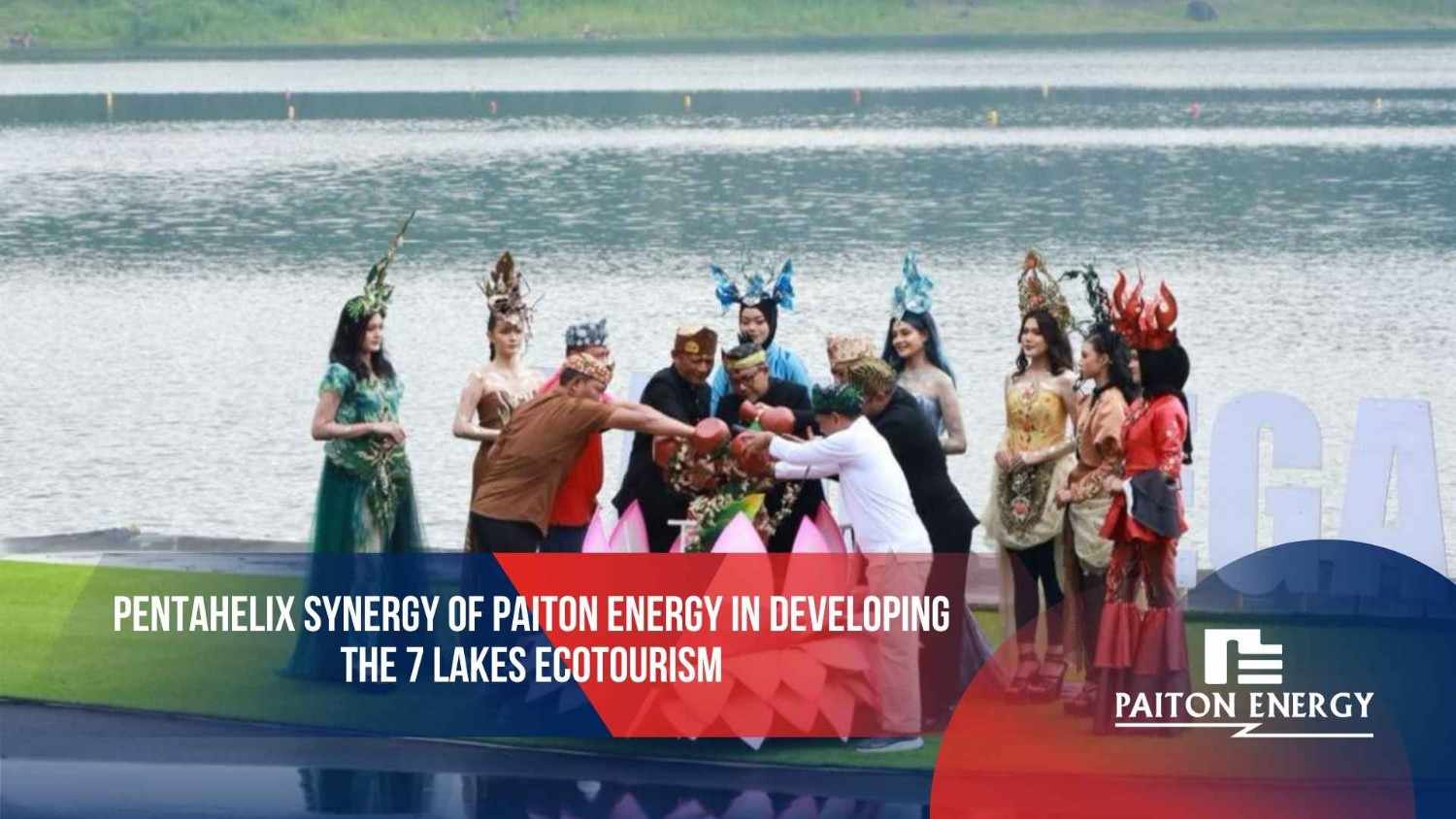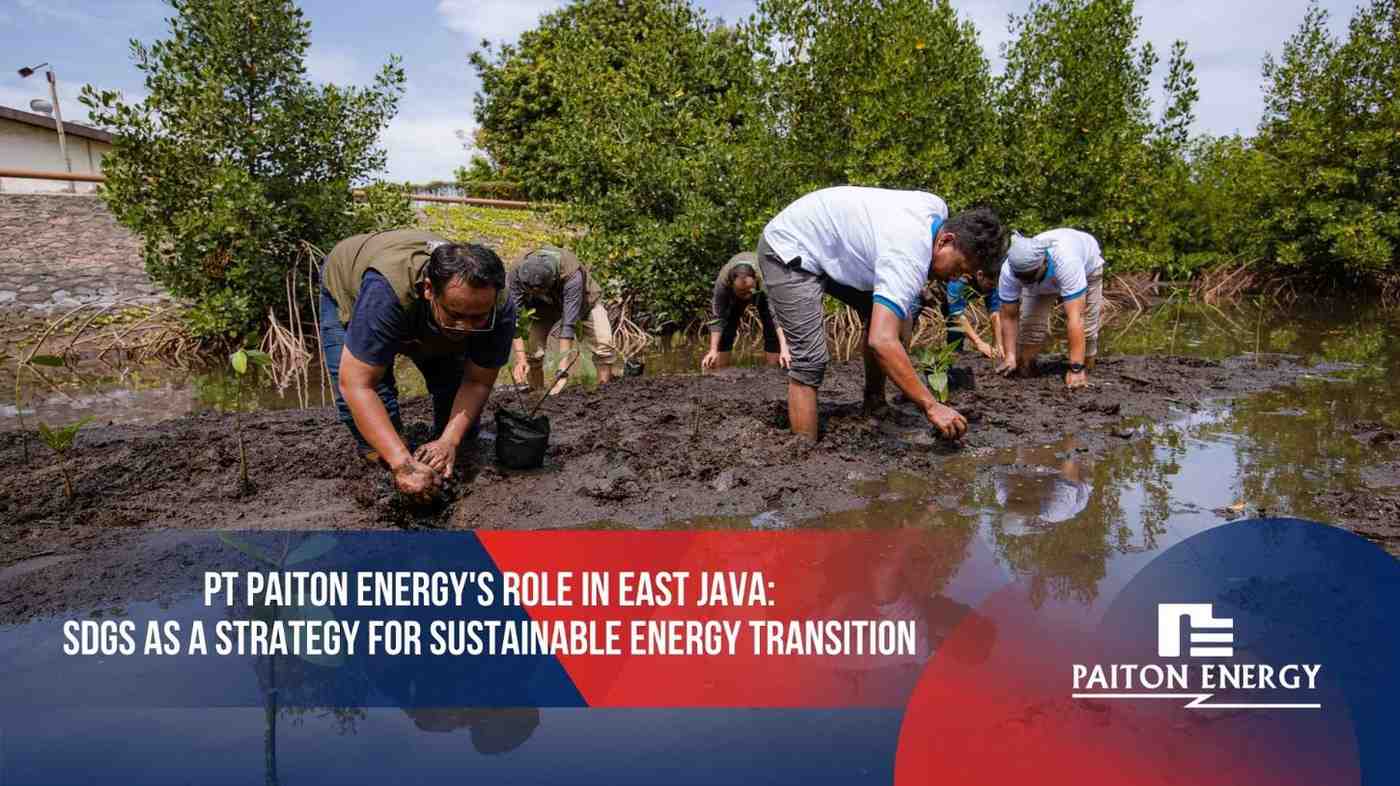The coastal region of Probolinggo, located in East Java, holds tremendous potential in terms of economic development, ecotourism, and environmental sustainability.
Stretching along approximately seven kilometers of shoreline on the northern coast of Java, this area borders the Madura Strait and serves as a hub for coastal communities that rely heavily on marine resources for their livelihoods.
However, with the rise of development and tourism in the area, the coastal ecosystem is facing increasing pressure. This makes environmental education and a deeper public understanding of sustainable coastal management more relevant than ever.
The Importance of Probolinggo’s Coastal Ecosystem
Probolinggo’s coastal ecosystem not only provides essential resources for local livelihoods—such as fishing, aquaculture, and seafood processing—but also offers significant potential for ecotourism development.
One notable success in conservation efforts is the transformation of mangrove areas into ecological tourism destinations. These areas are not only visually captivating, but they also serve as effective platforms for environmental education, particularly for younger generations.
Through nature-based tourism, visitors gain firsthand insights into the importance of coastal ecosystems and how to protect them. Still, increased human activity and unregulated coastal exploitation threaten the critical functions of mangroves, which include coastal protection, marine habitat support, and their role in the food chain. A more integrated approach to community education is essential to preserving the region’s natural assets.
Conservation Efforts Through Mangrove Reforestation
PT Paiton Energy and PT POMI have demonstrated a strong commitment to environmental stewardship through a range of coastal conservation and rehabilitation initiatives. One of their flagship programs, Mangrove for Future, is being implemented at Bahak and Greenthing Beaches.
This program involves the planting of thousands of mangrove seedlings, accompanied by comprehensive environmental education for local residents, students, and visitors. Activities also include coastal clean-ups to reduce plastic waste.
This multifaceted approach not only strengthens ecological resilience but also fosters a collective awareness of sustainable coastal management.
Implemented in collaboration with local farming groups, the program aims to rehabilitate degraded land and restore mangrove ecosystems. Beyond its environmental benefits, the initiative also supports local economic development through the promotion of sustainable ecotourism.
In addition to mangrove planting, the program also supports local fishermen in Binor Village through the provision of fish aggregating devices, known as rumpon. Since 2016, over 400 units—ranging from hollow concrete cubes to pyramid-shaped bamboo structures—have been deployed in the coastal waters of Binor.
These structures have proven effective in boosting catch rates and improving the quality of fish, including high-value species such as red snapper, grouper, rabbitfish, and white trevally, some of which fetch prices exceeding IDR 100,000 per kilogram. The initiative not only supports marine biodiversity but also enhances local livelihoods and enables community-led recreational fishing tourism.
Both the bamboo and concrete rumpon are crafted cooperatively by local fishing groups with support from the companies’ corporate social responsibility (CSR) programs. Their installation is carried out in coordination with the Fisheries Agency, with attention to maritime safety. The rumpon are also designed to serve as plankton breeding grounds and fish habitats, with local fishermen involved in their ongoing maintenance and monitoring.
Collaboration as a Key to Success
The success of coastal conservation efforts hinges on active community participation. PT Paiton Energy and PT POMI ensure that their initiatives involve a wide range of stakeholders, including local governments, educational institutions, environmental organizations, and students.
This collaborative model reflects the pentahelix approach, which emphasizes multi-stakeholder partnerships as a foundation for sustainable development.
Through joint mangrove planting activities, environmental training programs, and outreach to fishermen and students, communities gain direct exposure to environmental education and the role they play in preserving coastal ecosystems. Early engagement is key to nurturing a generation that is not only environmentally literate but also deeply committed to safeguarding natural resources.
Fostering Inclusive Energy and Environmental Literacy
The initiatives spearheaded by PT Paiton Energy and PT POMI reflect a holistic integration of environmental conservation, education, and community empowerment. By aligning these elements, the programs encourage residents to take an active role in environmental protection, rather than being passive beneficiaries.
The educational components are designed to build a broad understanding of the interconnections between energy, environment, and quality of life. These programs extend beyond schools to include local communities, farmer groups, and tourists—enabling knowledge to be transformed into meaningful action.
Efforts such as mangrove planting, critical land rehabilitation, and coastal waste management not only demonstrate practical approaches to environmental preservation but also serve as living laboratories for education and awareness.
Protecting the coastal environment requires more than isolated efforts. It demands synergy among public, private, and community sectors to implement sustainable programs rooted in environmental education and shared responsibility. PT Paiton Energy and PT POMI offer a powerful example of how conservation efforts can be designed to address ecological challenges while also uplifting local communities.
By promoting energy literacy and community engagement, these coastal conservation initiatives are becoming more resilient, inclusive, and impactful. In doing so, they help protect nature and ensure a better future for generations to come.




